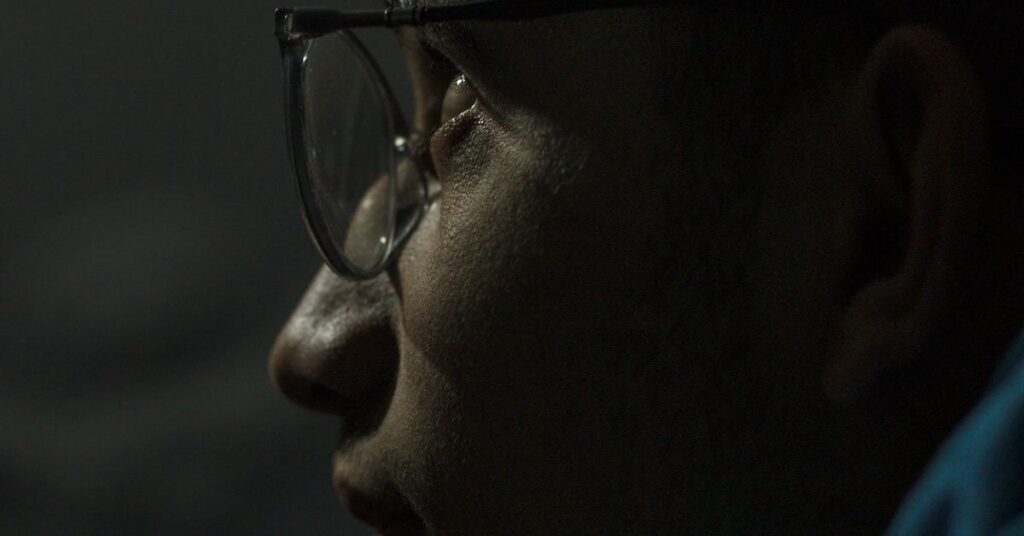Photography is a captivating art that allows us to capture moments, emotions, and scenes with precision. One essential element that significantly impacts the outcome of a photograph is lighting. Among various lighting techniques, ambient lighting plays a crucial role in setting the mood and creating a visually appealing photograph.
What is Ambient Lighting?
Ambient lighting, often referred to as natural or available light, is the existing light in a scene that is not directly manipulated by the photographer. It encompasses all the light sources surrounding the subject, such as sunlight, moonlight, streetlights, or even indoor lighting. Unlike artificial lighting, ambient light can be unpredictable and dynamic, adding depth and character to the photograph.
Understanding the Importance of Ambient Lighting
Ambient lighting in photography offers a myriad of benefits, including:
Natural Look and Feel
Ambient light creates a soft and natural look, making subjects appear more authentic and vibrant. It avoids the harshness that can sometimes result from artificial lighting setups.
Simplified Setup
When utilizing ambient light, photographers can often forgo complex lighting equipment. This simplicity allows for more focus on the subject and composition.
Emphasizing Atmosphere
Different types of ambient lighting can evoke specific moods and atmospheres, enhancing the storytelling aspect of the photograph.
Techniques for Using Ambient Lighting
To master ambient lighting in photography, photographers should be familiar with various techniques:
Golden Hour Magic
The golden hour, shortly after sunrise or before sunset, is a magical time for photography. The low angle of the sun casts warm and soft light, creating stunning portraits and landscapes.
Silhouette Drama
Embrace the beauty of silhouettes during sunset or sunrise, where the subject is backlit by the sun. This technique adds drama and mystery to the image.
Window Light Elegance
Indoor photography benefits from soft window light, providing flattering illumination for portraits and still-life shots.
Examples of Ambient Lighting in Photography
Let’s explore some captivating examples of ambient lighting in photography:
1. Enchanting Sunrise Over the Ocean
2. Serene Portrait During the Golden Hour

Enhancing Ambient Lighting with Artificial Light
To achieve the perfect balance between ambient light and artificial light, consider the following:
Fill Flash for Shadows
When ambient light creates harsh shadows, use a fill flash to soften the shadows and illuminate the subject.
Reflectors for Subtle Boost
Reflectors can redirect ambient light back onto the subject, providing a gentle boost of illumination without the intensity of artificial light.
Comparing Ambient Light with Artificial Light
| Aspect | Ambient Light | Artificial Light |
|---|---|---|
| Source | Natural environment | Artificial light sources |
| Mood and Atmosphere | Organic and dynamic | Controlled and consistent |
| Flexibility | Limited by time of day | Fully controllable |
| Equipment Complexity | Minimal | Various lighting equipment |
Advanced Techniques for Ambien Lighting
For seasoned photographers looking to push the boundaries of ambient lighting, here are some advanced techniques to explore:
Long Exposure Light Trails
Incorporate the movement of light into your ambient light photography by experimenting with long exposure shots. Capture the trails of car lights at night or the movement of stars in the night sky. Long exposure photography can produce stunning and surreal results.
Multiple Exposure Blending
Combine multiple exposures taken under different ambient lighting conditions to create a composite image with a wide dynamic range. This technique allows you to capture both the highlights and shadows, resulting in a beautifully balanced photograph.
Controlling White Balance
Play with white balance settings to manipulate the color temperature of your ambient light photos. Adjusting the white balance can create different moods and atmospheres in your images, from warm and inviting to cool and ethereal.
Common Mistakes to Avoid with Ambient Lighting
While ambient lighting can be magical, it’s essential to be aware of common mistakes that can compromise the quality of your photographs:
Overexposure
Excessive ambient light can lead to overexposed images, washing out important details. Use exposure compensation to manage the brightness and maintain the integrity of your subject.
Ignoring the Background
Remember that ambient light affects the entire scene, including the background. Pay attention to the background elements and ensure they complement your subject.
Post-Processing Tips for Ambient Light Photography
Post-processing is a critical step in perfecting your ambient light photographs. Here are some tips to enhance your images:
Adjusting Exposure and Contrast
Fine-tune the exposure and contrast to balance the highlights and shadows, ensuring a well-exposed image.
Enhancing Colors
Make colors pop by adjusting the saturation and vibrance. Experiment with the color balance to achieve the desired mood.
Removing Noise
High ISO settings in low-light situations can introduce noise into your images. Utilize noise reduction tools to clean up your photographs without sacrificing quality.
Ambient Light Photography for Landscapes
Ambient lighting can work wonders for landscape photography, elevating your scenic shots to new heights. Follow these tips to make the most of ambient light in landscapes:
Embrace Golden Hour and Blue Hour
The golden hour and blue hour offer enchanting lighting conditions for landscapes. During these times, the sky casts a warm or cool glow over the scenery, adding depth and beauty to your shots.
Use Leading Lines and Silhouettes
Incorporate leading lines in your compositions to draw the viewer’s eye into the frame. Additionally, experiment with silhouettes against the backdrop of a stunning sunset for dramatic and artistic landscape photos.
Pay Attention to Shadows and Highlights
Observe how ambient light creates shadows and highlights on the landscape. Utilize these elements to add depth and dimension to your photographs, emphasizing the natural contours of the terrain.
Unraveling the Art of Illumination in Photography
In the realm of photography, mastering the art of illumination is pivotal to create mesmerizing and captivating images. Understanding how to manipulate natural and artificial light sources can significantly impact the quality and aesthetics of your photographs. Let’s explore the importance of light in photography and how it can elevate your work to new heights.
The Essence of Illumination in Photography
The fundamental essence of illumination lies in its ability to shape the mood, composition, and storytelling within an image. Light can reveal intricate details, emphasize textures, and create striking contrasts that draw the viewer’s eye into the photograph. Whether it’s the warm glow of the golden hour casting a dreamy ambiance or the dramatic interplay of shadows in a black-and-white portrait, light is the lifeblood of visual storytelling.
Harnessing the Beauty of Nature’s Glow
Nature provides photographers with an ever-changing canvas of illumination to work with. Each time of day offers distinct qualities of light, allowing for infinite creative possibilities:
- The Golden Hour’s Warm Embrace
During the hour after sunrise and the hour before sunset, the golden hour casts a warm and soft glow over the landscape. It creates a magical ambiance, making it an ideal time for portraits, landscapes, and still-life photography;
- The Mystique of Twilight
The period just before sunrise and after sunset, known as the blue hour, bathes the world in a captivating blue hue. Blue hour photography can yield ethereal and tranquil images with a touch of mystery;
- Capturing Moonlit Dreams
Nighttime photography under the moonlight opens up a realm of dreamlike possibilities. Utilize long exposure techniques to capture the mystical essence of the moon and stars.

Conclusion
Mastering ambient lighting in photography is a rewarding skill that elevates the quality and impact of your images. Embrace the natural beauty of ambient light and experiment with its various forms to create compelling visual stories. Remember, practice and observation are the keys to becoming a proficient ambient light photographer.
